Wastelands
In exhibition at the La Biennale di Venezia / Venice Biennale 2024
Having been raised in the fulcrum of the contemporary Māori art movement, Brett Graham's artistic practice has extended and cemented the position of a distinct Māori visual language, broadening its connections to global Indigenous issues. Graham's sculpture Wastelands (2024) situates a carved pātaka (storehouse) on wheels, implying mobility, transience, and separation from homeland. A raised architectural structure on poles, the pātaka was traditionally used by Māori as a house for food and treasures, often bearing particularly ornate carving across the lintel, indicative of the wealth and prestige of the iwi community. Instead of using traditional carved patterns, Graham covers his pātaka in eels, referencing the food source and in reverence to the natural world of his Tainui people. In 1858, as part of the colonial project, the New Zealand government passed the Waste Lands Act, which shifted the definition of large swamp lands – a rich resource for Māori – to "waste". The act claimed these vast swamps as unoccupiable land, redefining them as territories of wetland to be drained and turned towards agriculture. Graham's presentation of this storehouse is a reminder that for Māori, these eel preserves were as valuable as goldmines.
–Natasha Conland
Read or listen to interview with Brett Grahm about Wastelands
2024
Wood, synthetic polymer paint
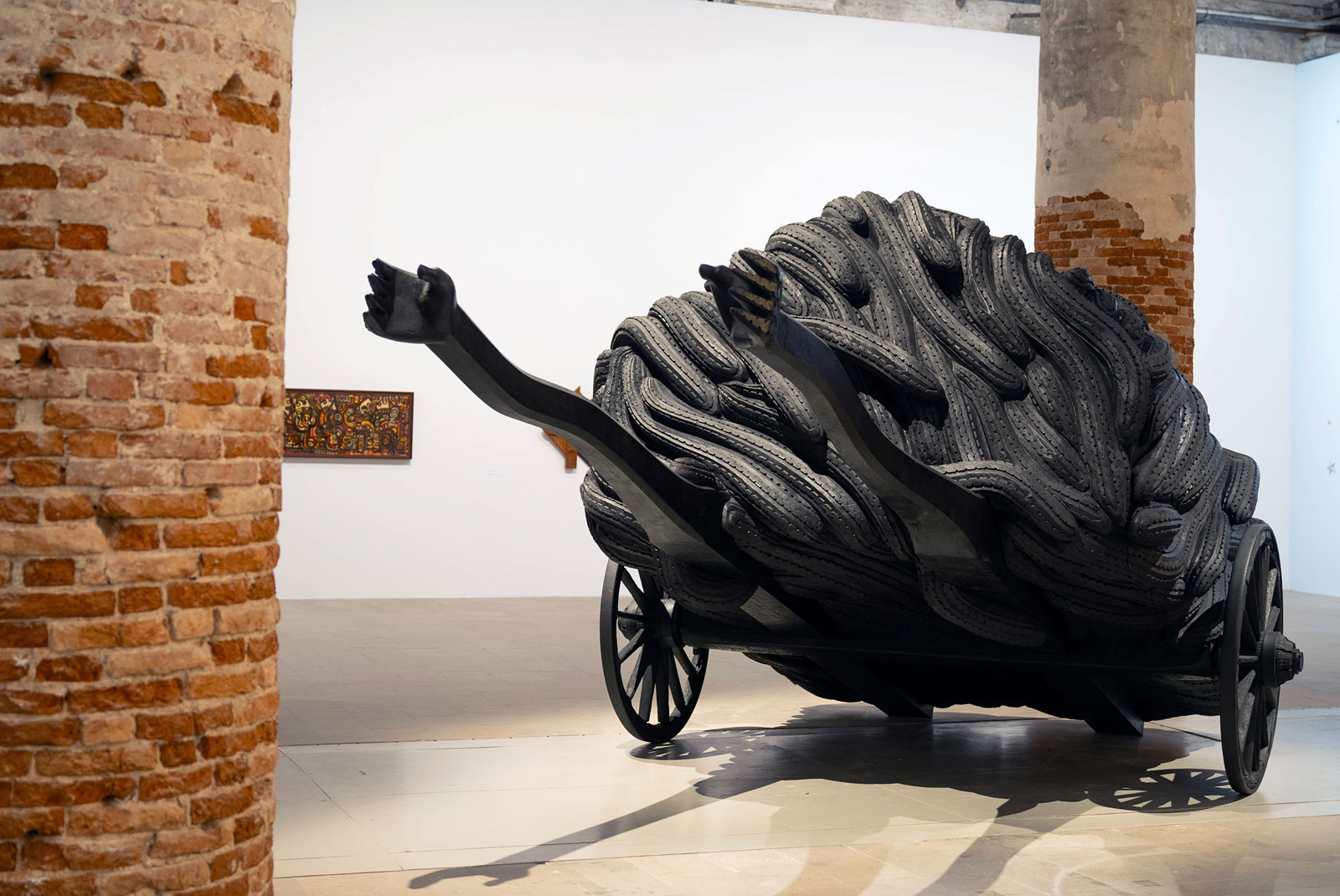
Wastelands
2024, wood, synthetic polymer paint
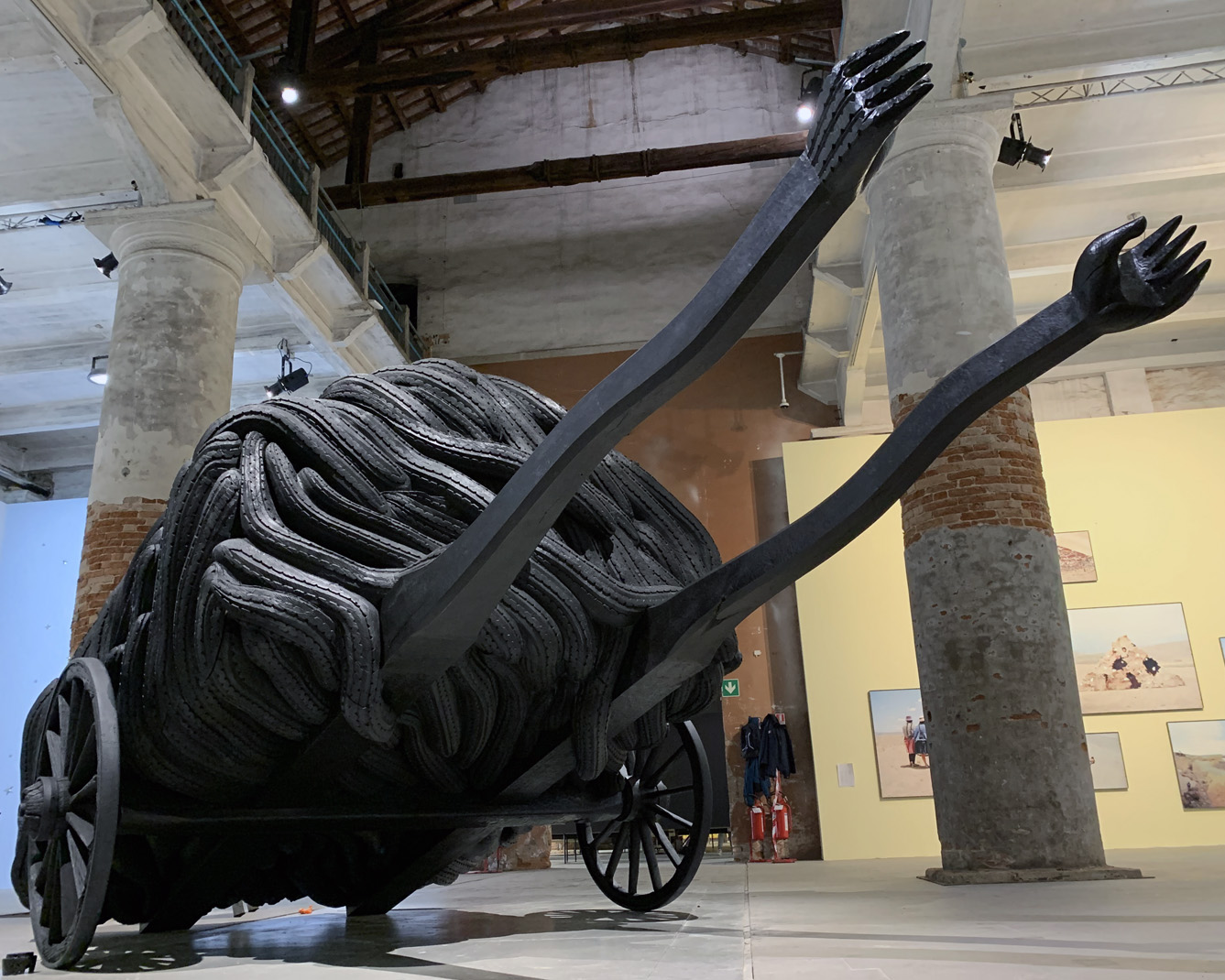
Wastelands
2024, wood, synthetic polymer paint
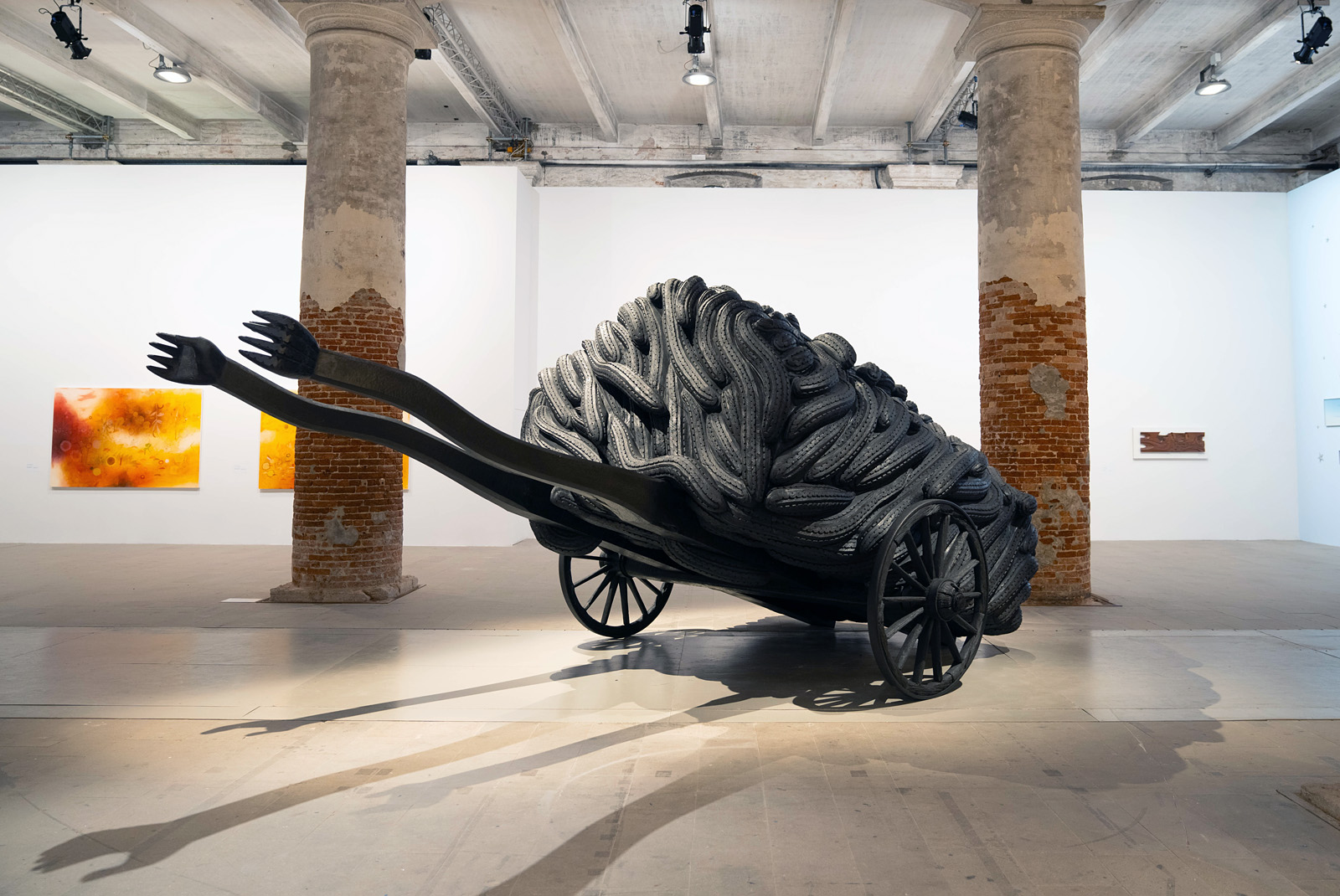
Wastelands
2024, wood, synthetic polymer paint
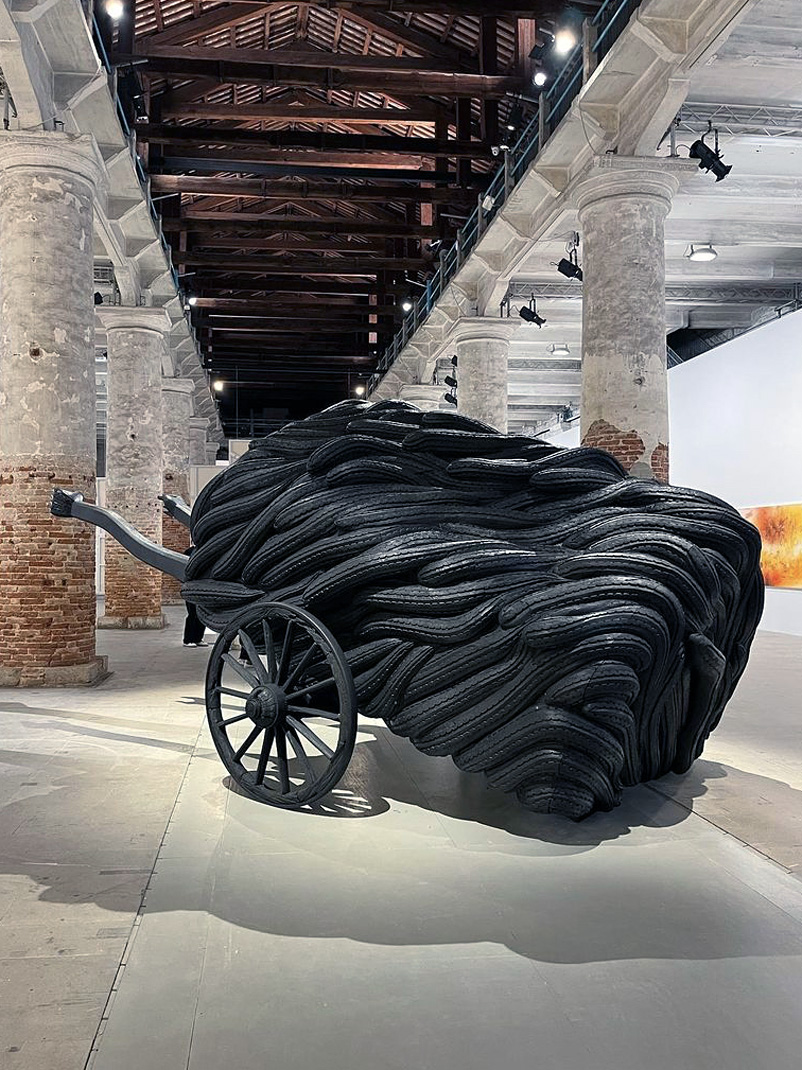
Wastelands
2024, wood, synthetic polymer paint
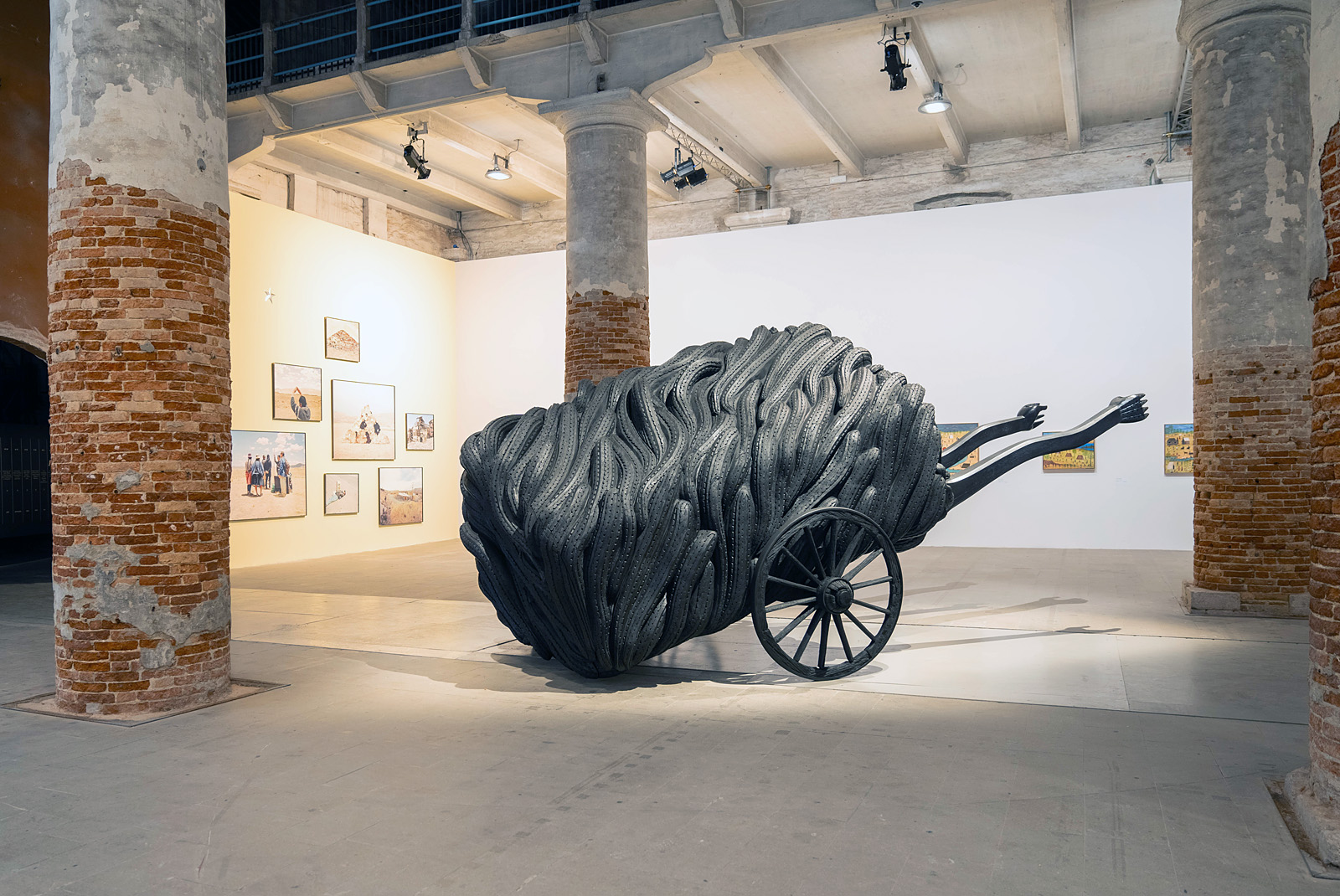
Wastelands
2024, wood, synthetic polymer paint
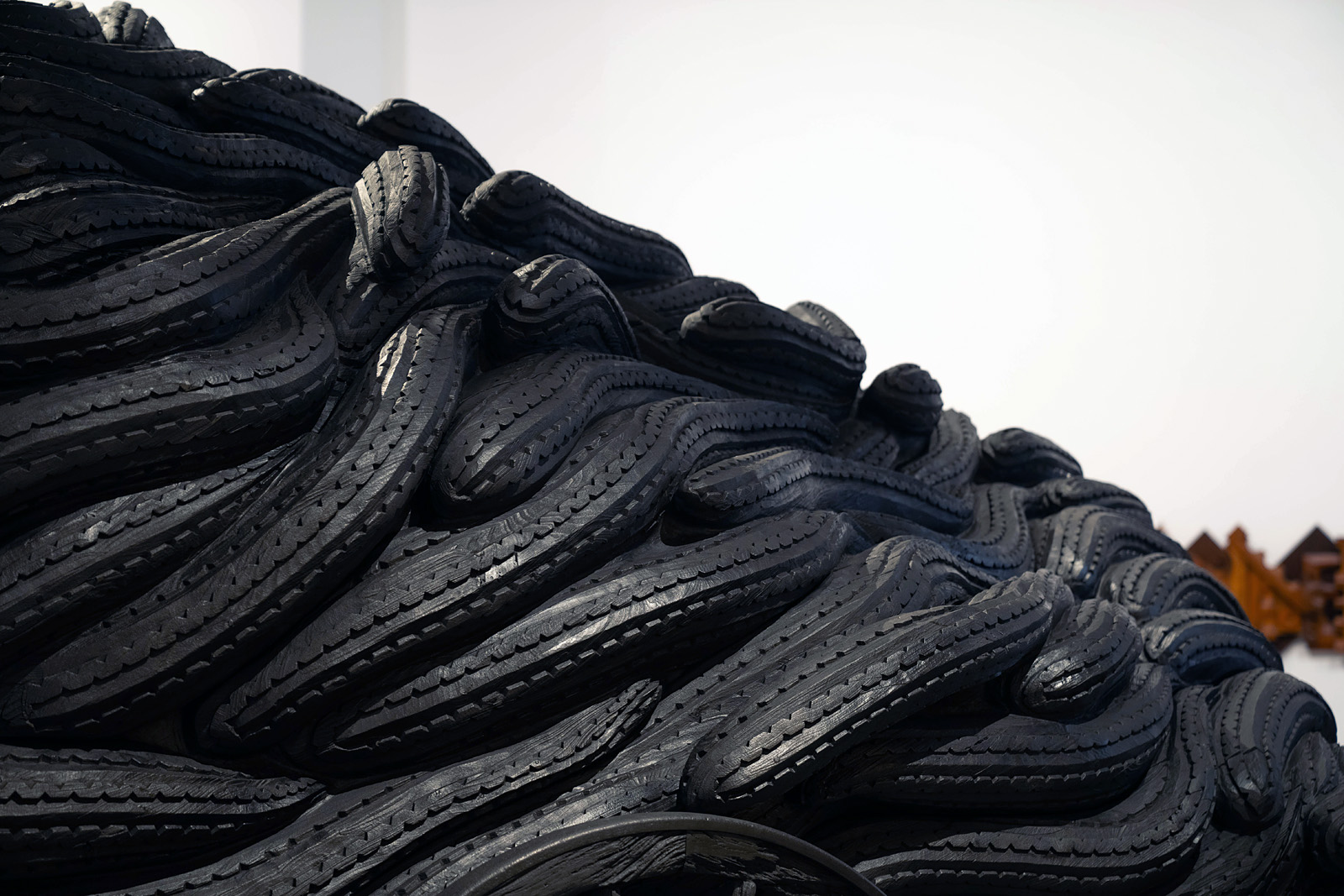
Wastelands
2024, wood, synthetic polymer paint
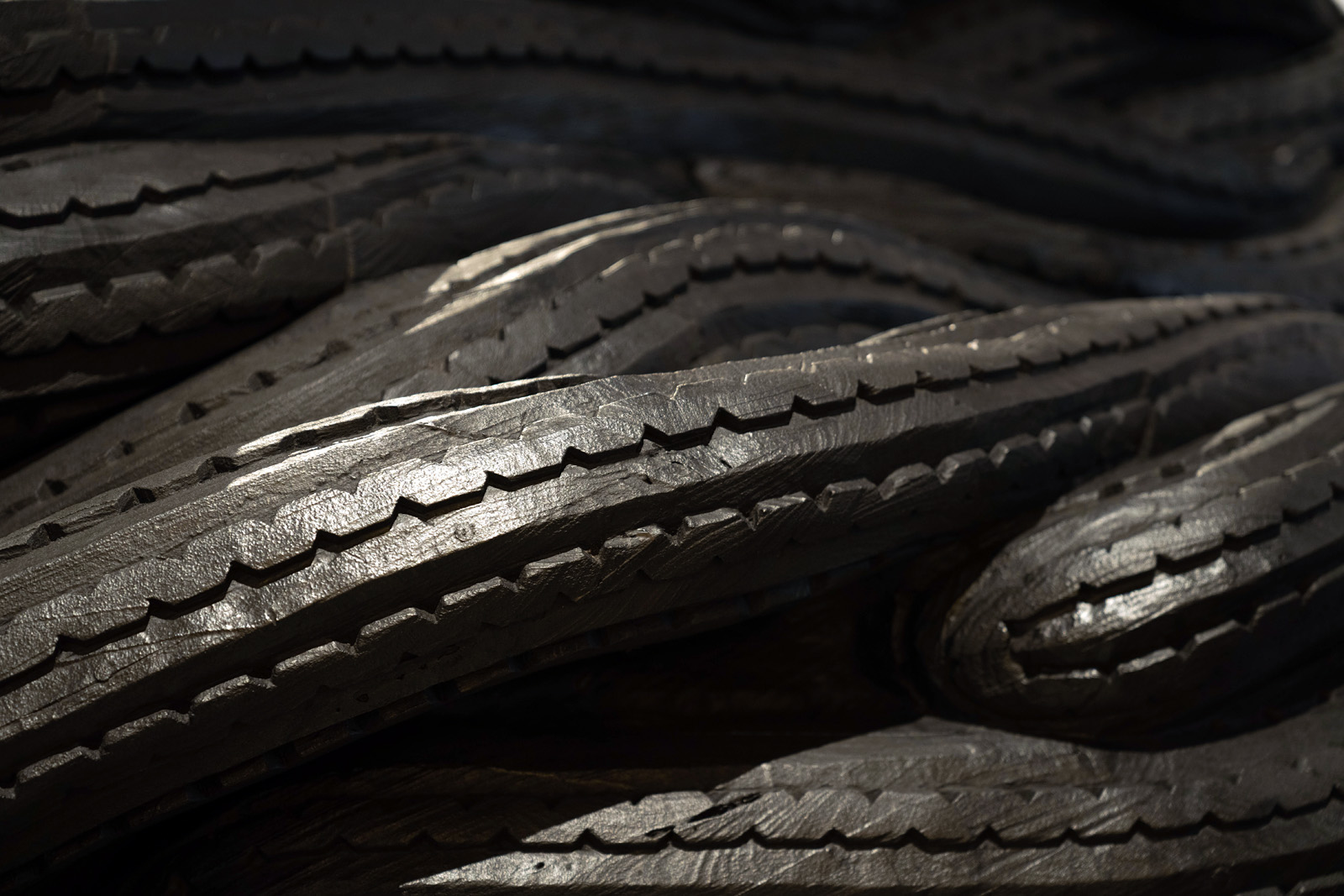
Wastelands
2024, wood, synthetic polymer paint
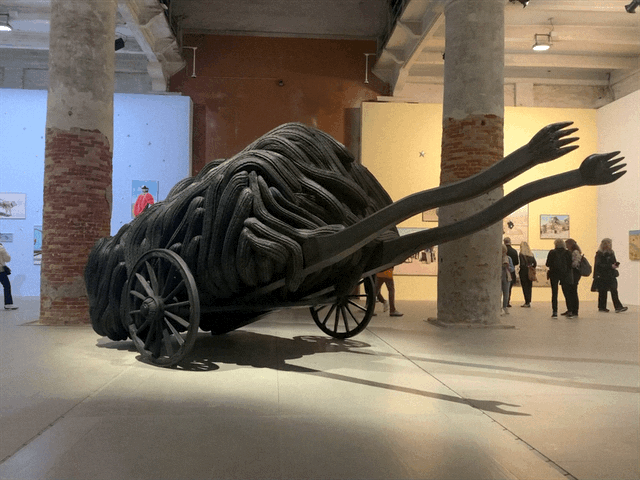
Wastelands
2024, wood, synthetic polymer paint